Firstly, it is important to acknowledge that accurately distinguishing between genuine and replica LV items has become a highly challenging task. As an experienced professional in the replica leather goods industry, I am well-versed in numerous intricate details and insider knowledge. While it is not appropriate to delve deeply into those here, I will share some insights based on my personal experience.
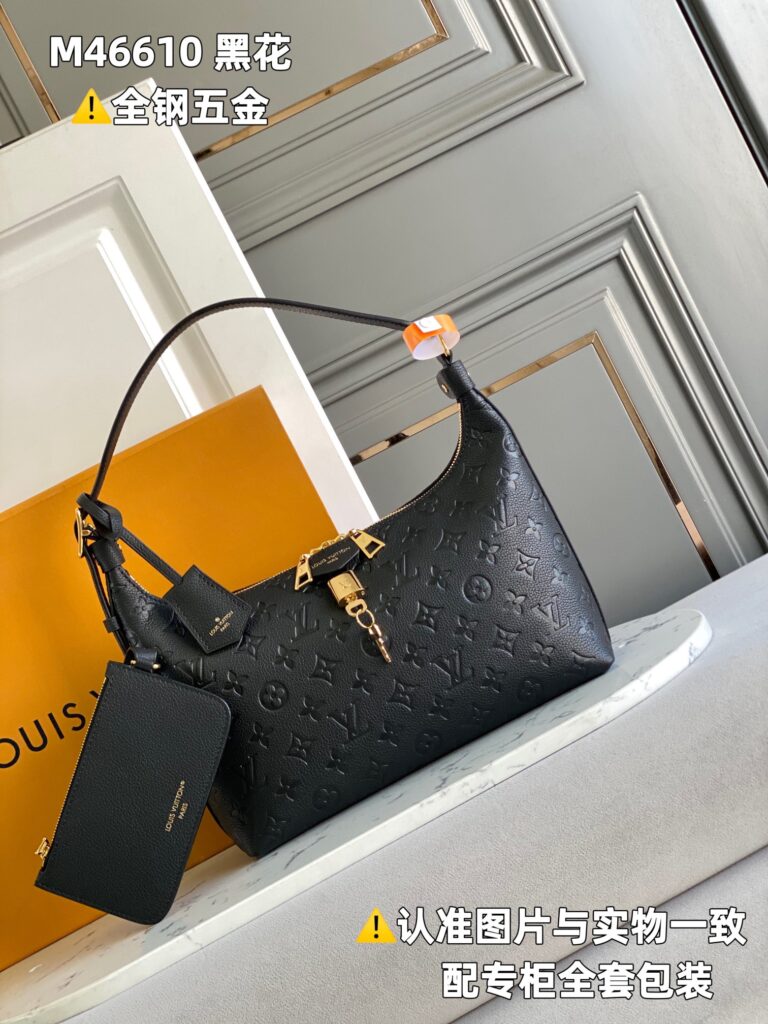
My career in this field spans over a decade, during which I have personally handled tens of thousands of replica bags. In the factory, our boss frequently remarked, “Let’s push through this batch, then we can think about switching trades.” However, the reality is far more complex than that.
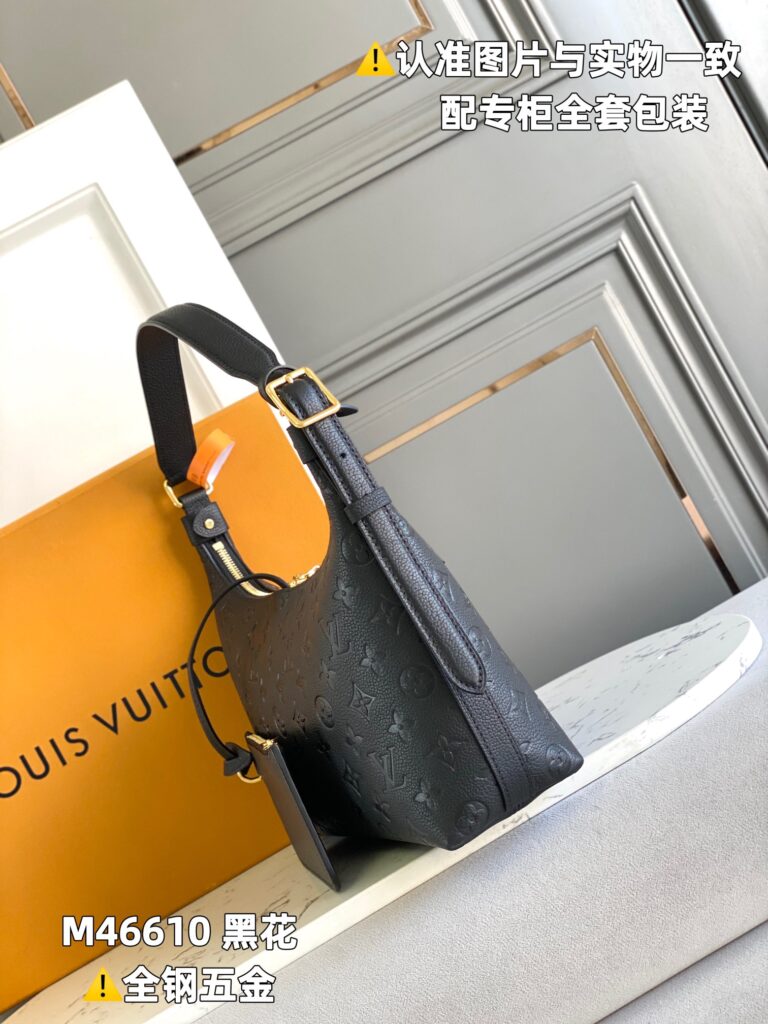
It is widely known that the concepts of “replica” and “knockoff” are often closely associated with Guangzhou, whether it be for phones, watches, shoes, hats, or accessories. In this domain, replica bags hold a significant share of the domestic market. The immense market demand, driven by substantial economic benefits, has led many merchants to take risks and enter the replica bag industry. Their primary target is often the well-established and highly coveted Louis Vuitton (LV).

The history of LV replicas spans over twenty years, and the level of craftsmanship in Guangzhou has reached a very high standard. Recently, there has been a trend in the market promoting “Taiwanese smuggled goods,” claiming to be from Taiwanese LV factories. These items are priced significantly higher, with an ordinary 40156 shopping bag listed for over two thousand yuan.
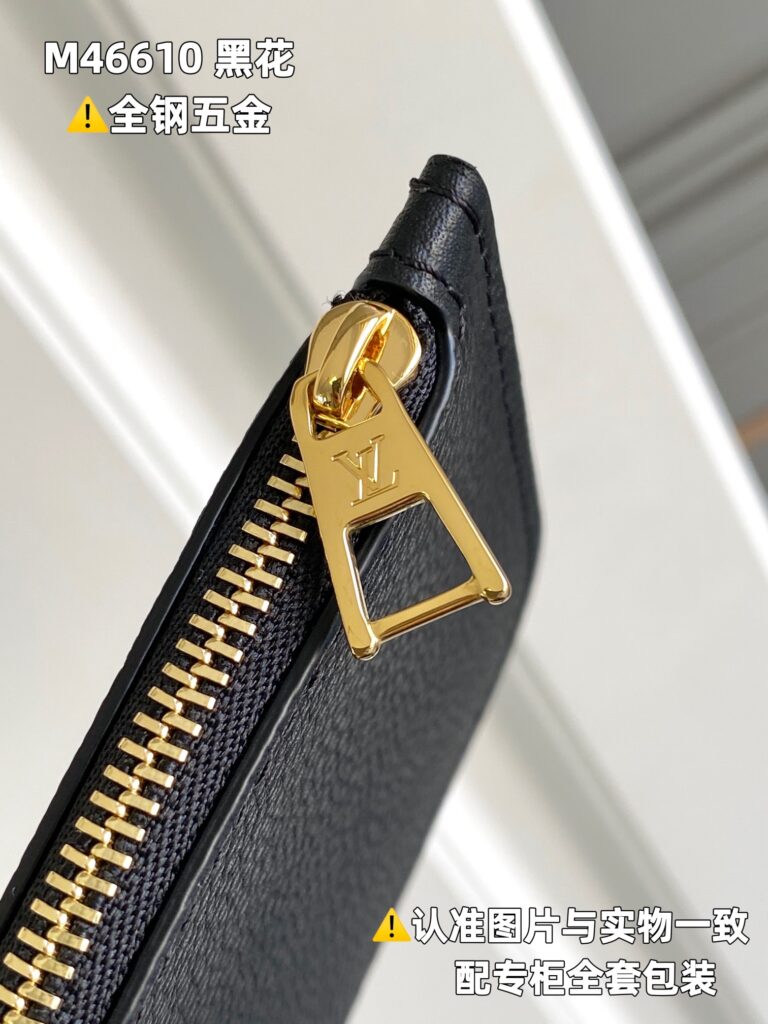
Regardless of the authenticity and resale value of these items, the claim of “Taiwanese factory smuggled goods” seems rather dubious. In reality, Guangzhou’s status as a global manufacturing hub is unchallenged, with many light industrial products labeled as “Made in China,” and a substantial portion explicitly marked “Made in Guangzhou.” From early “A-grade” replicas to today’s “original leather” and “top-quality” replicas, the ever-evolving terminology reflects the creativity of online retailers.

Returning to the main topic, regarding the quality levels of LV replicas, they can be broadly categorized into three tiers: 1:1 replicas, original leather, and top-quality replicas. Here are the characteristics and prices for each level:
1:1 Replicas: Priced around 200 yuan, these bags often feature white leather that does not easily change color. The hardware is usually iron-rich.
Original Leather: Priced around 300 yuan, these bags often have yellow leather that can turn coral red over time, resembling genuine LV bags. The hardware is typically bronze and resistant to rust.
Top-Quality Replicas: Prices vary depending on the style but generally start at 500 yuan. These are usually new styles made from high-end imported first-layer cowhide and boast superior craftsmanship.
Please note that the above prices are based on classic styles, and product characteristics may vary by factory.
As for distinguishing between genuine and replica items, even as an industry insider, I recognize the difficulty for consumers to do so with the naked eye. Online methods for identifying authenticity, such as checking the alignment of patterns, color change, stitching, interior labels, and hardware, all have their limitations. For example, the alignment of patterns on genuine bags is not always perfectly symmetrical, and hardware colors can vary between batches. Therefore, consumers should exercise caution when purchasing, opt for reputable channels, and pay close attention to product details and texture.
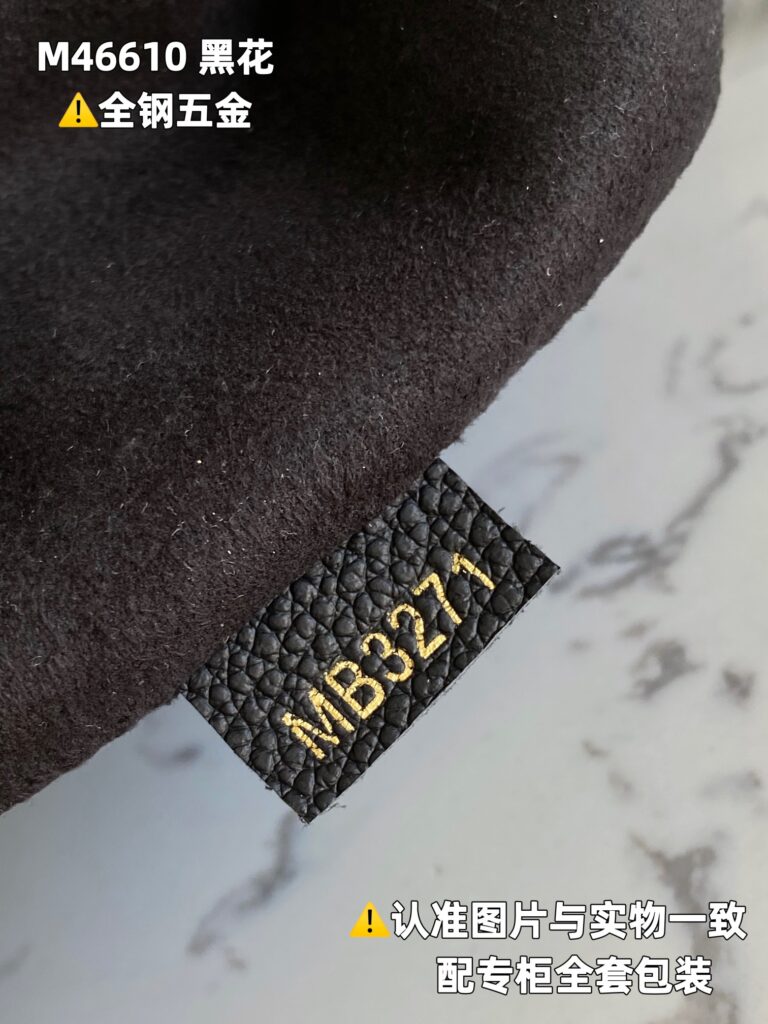
In conclusion, the market for replica bags is vast and varied, making it challenging to distinguish genuine items from fakes. Consumers should remain rational when purchasing, avoid blindly pursuing low prices or believing misleading advertisements. Additionally, merchants are encouraged to operate with integrity, providing high-quality products and services to consumers.


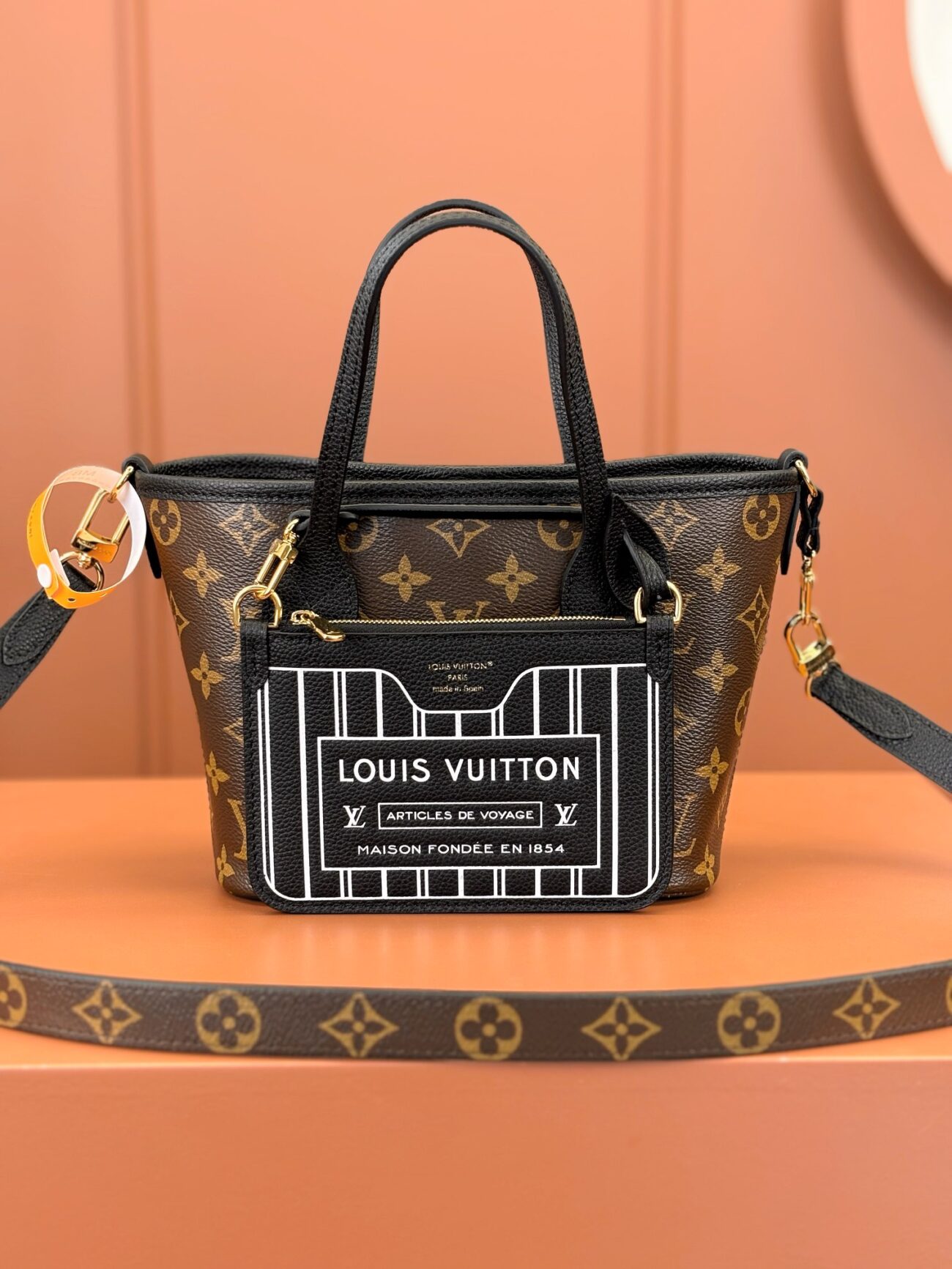

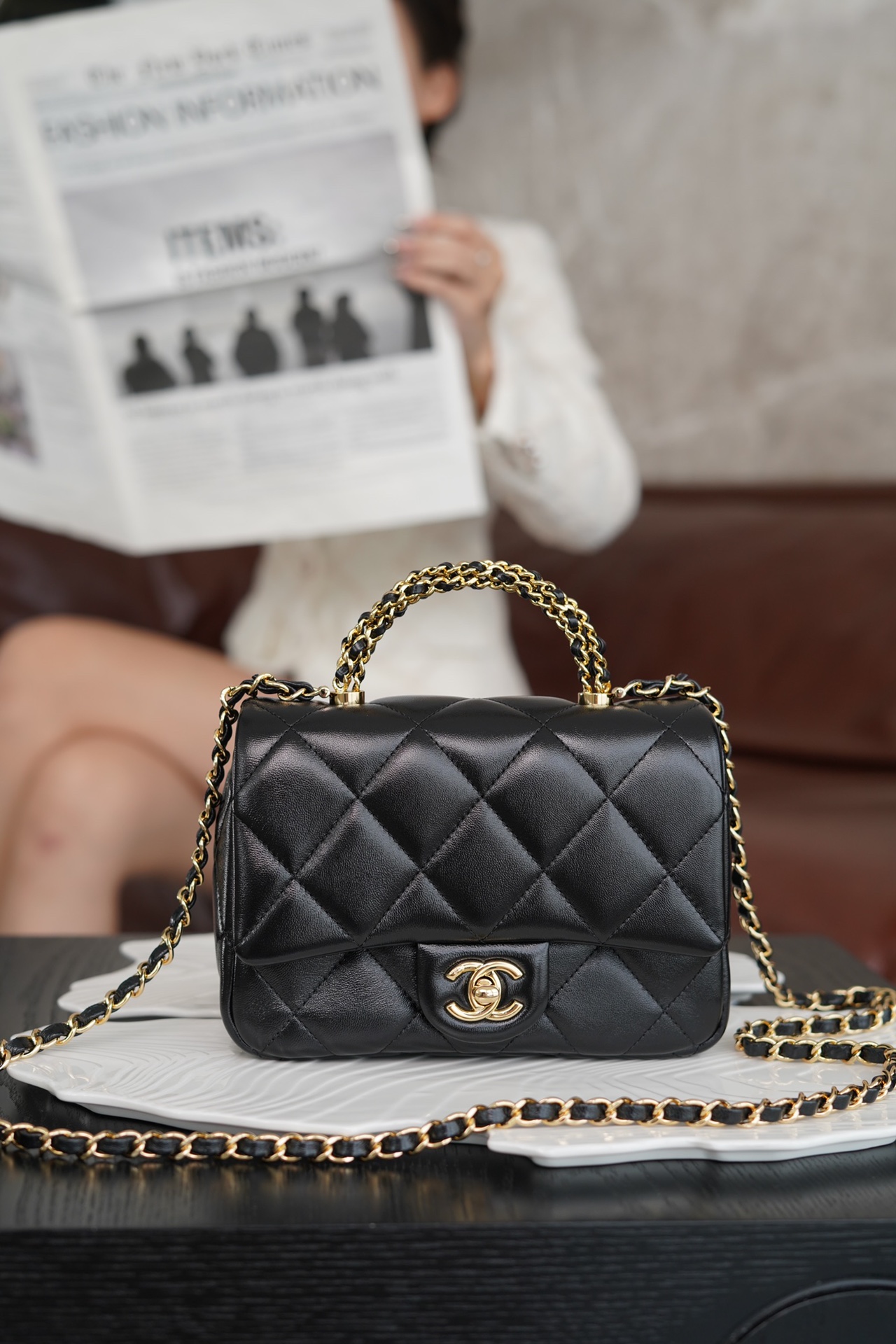


Leave a comment